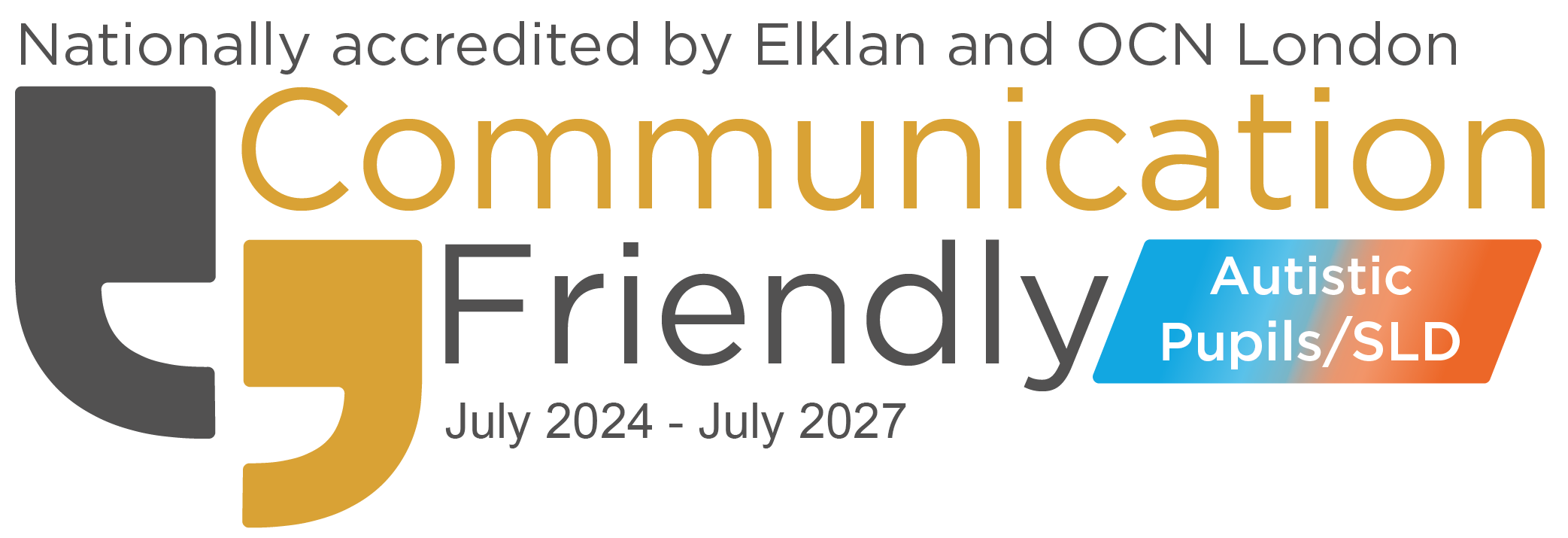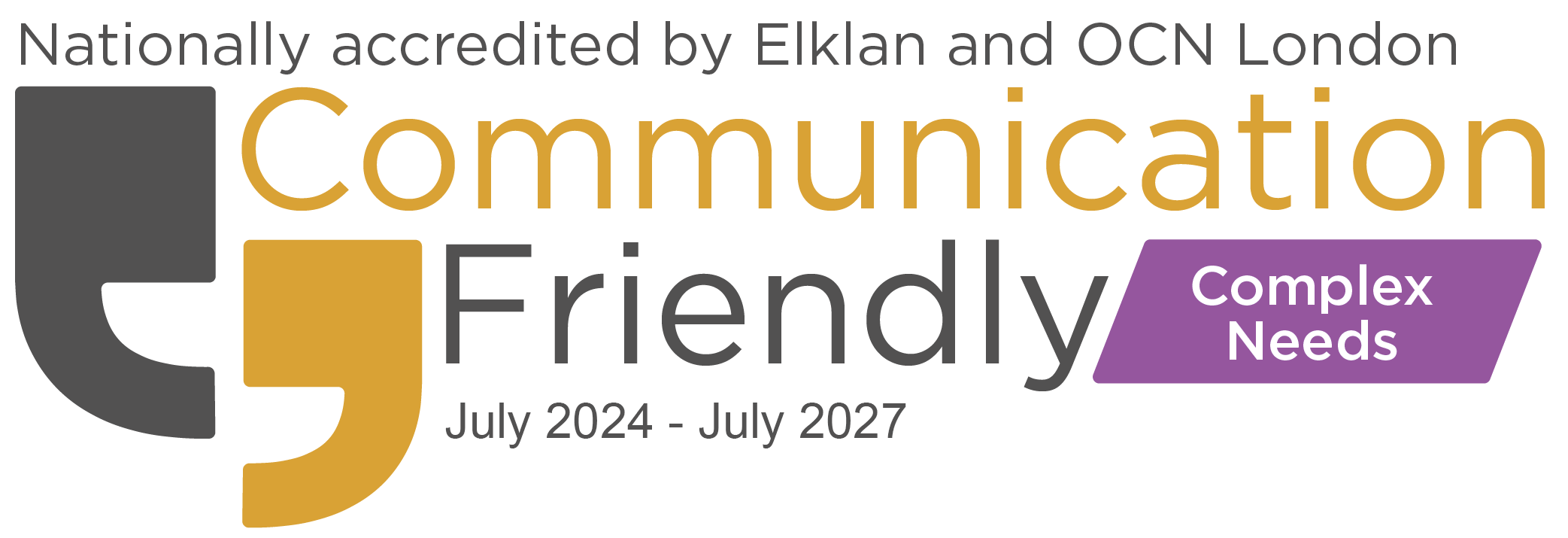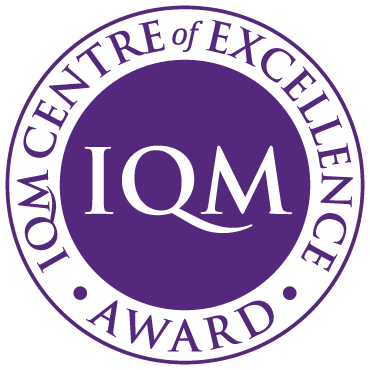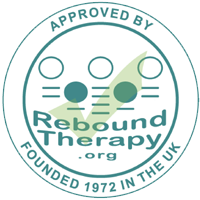These standards are currently built around a simple, progressive framework laid, in large part, on our interpretation of the Rochford Review’s ‘Learning Lenses’. Teachers assess pupil ability and willingness to deploy each skill using a continuum of six levels, from ‘Rarely’ to ‘Always’. These standards are applied to all pupils and are particularly important, alongside EHCP targets, for making useful assessments of PMLD and pupils whose progress is in very small steps or where maintenance of skill and engagement is a key measure.

The Engagement areas comprise:
- Explorative and Curious: interested in learning and exploring
- Imitation: able to cop, mimic and learn by following others and observation
- Anticipation: predicts what might happen; thinks ahead
- Realisation and Discovery actively tries to understand or work things out and make them happen
- Persistence: Keeps trying even when tasks are difficult; shows resilience; keeps going
OCR and ASDAN
KS4 students work towards qualifications from OCR and ASDAN as well. Their progress towards these qualifications is similarly recorded as part of our assessment process.
** Assessment tools that we use
Teddy Talk Test (from The Communications Trust): This is a simple speech and language assessment It enables us to identify a child’s ability to listen and understand oral instruction plus recognise objects and verb instructions and also measure a child’s speech & language development relative to their chronological age.
British Picture Vocabulary: This is a one-to-one test that assesses a child’s receptive vocabulary; for each question, the teacher says a word and the pupil responds by selecting a picture from four options that best illustrates the word’s meaning.
As no reading is required, BPVS3 can be used to assess language development in non-readers and especially pupils with expressive language impairments and non-verbal children. Because no spoken response is required, the assessment may be administered to pupils with autism and other related communication difficulties or those with English as an Additional Language (EAL). To help with administration to pupils who may be colour blind the illustrations have black outlines and the colours are vivid.
LUCID LASS: Pinpoints specific areas of need and is taken by pupils who have a high probability of dyslexia. It gives a more detailed indication of a pupil’s particular strengths and weaknesses that may impact reading. Pre-verbal children with good independence and concentration skills can access the assessment.
It is available in two versions: for ages 8-11 and for 11-15 and assesses…
Working memory
Phonological processing
Phonological awareness
Reasoning
Spelling
Single word, sentence and non-word reading
CoPS is taken by younger pupils and gives a more detailed indication of a pupil’s particular strengths and weaknesses that may impact learning.
It assesses Working memory; Phonological awareness; Phonological processing; Auditory discrimination; Colour discrimination. Pre-verbal children can access the system and high-level teacher support is permitted.
Sandwells Early Numeracy Test assesses a pupil’s ability with numbers, through exploring five strands of basic numeracy skills: identification, oral counting, value, object counting and language. It requires minimal writing and is suitable for pre-verbal pupils.
YARC: The York Assessment of Reading for Comprehension is a one-to-one, diagnostic reading assessment that enables you to assess your pupils’ reading and comprehension skills from an early age through to the end of secondary school. This test is for verbal children who can read independently. It comprises:
Early Reading:
The early reading suite comprises four short tests specifically designed for 4-7-year olds or older pupils with reading difficulties. These tests assess a pupil’s phonological skills, alphabetic knowledge and word reading in a time-efficient and flexible way. They are among the most sensitive type of assessments for beginner readers and may be administered up to three times during a school year.
Passage Reading Primary:
Comprising fiction and non-fiction texts, the passage reading primary suite has been developed to identify the reading (decoding) and comprehension skills. It assesses accuracy, reading rate and comprehension in one single test.






